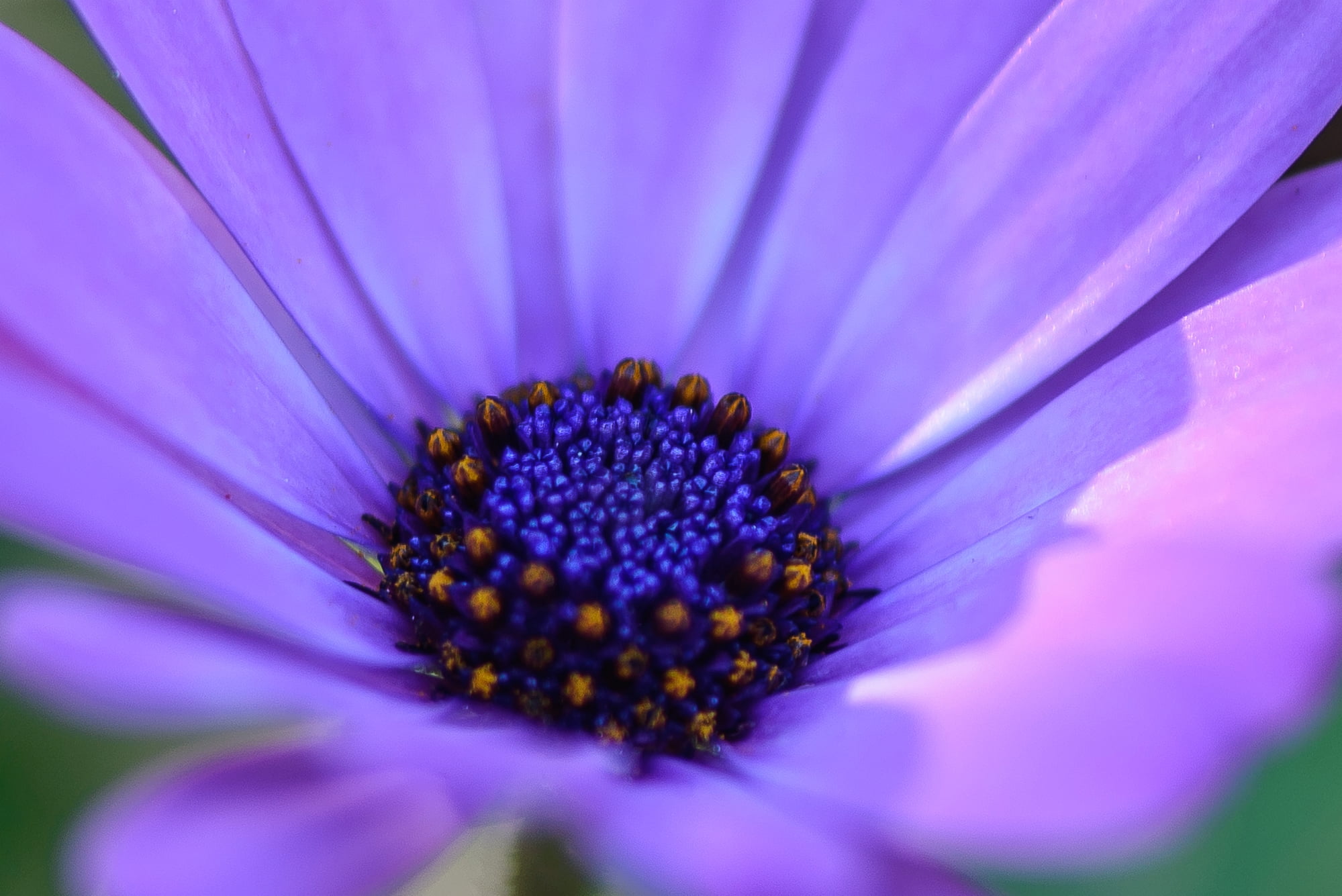320x568 closeup photo of purple petaled flower, osteospermum, marguerite, osteospermum, african daisy HD wallpaper free download
Wallpaper detail:
- Wallpaper size:
- 320 x 568
- File size:
- loading
- Resolution:
- 480P
- Format:
- image/jpeg
- Uploaded:
Wallpaper keywords:
Wallpaper dominant color:
Wallpaper info:
About osteospermum
Osteospermum /ˌɒstiəˈspɜːrməm, -tioʊ-/, the daisybushes is a genus of flowering plants belonging to the Calenduleae, one of the smaller tribes of the sunflower/daisy family Asteraceae. Osteospermum used to belong to the genus Dimorphotheca, but only the annual species remain in that genus; the perennials belong to Osteospermum. The genus Osteospermum is also closely related to the small genus Chrysanthemoides, such as C. incana and C. monilifera.
About marguerite
Argyranthemum (marguerite, marguerite daisy, dill daisy) is a genus of flowering plants belonging to the family Asteraceae. Members of this genus are sometimes also placed in the genus Chrysanthemum. The genus is endemic to Macaronesia, occurring only on the Canary Islands, the Savage Islands, and Madeira. Argyranthemum frutescens is recorded as a food plant of the leaf-mining larva of the moth Bucculatrix chrysanthemella.
About osteospermum
Osteospermum /ˌɒstiəˈspɜːrməm, -tioʊ-/, the daisybushes is a genus of flowering plants belonging to the Calenduleae, one of the smaller tribes of the sunflower/daisy family Asteraceae. Osteospermum used to belong to the genus Dimorphotheca, but only the annual species remain in that genus; the perennials belong to Osteospermum. The genus Osteospermum is also closely related to the small genus Chrysanthemoides, such as C. incana and C. monilifera.
About african daisy
Dimorphotheca is a genus of plants in the sunflower family, native to Africa and Australia. is one of eight genera of the Calenduleae, with a centre of diversity in Southern Africa. Some species can hybridize with Osteospermum, and crosses are sold as cultivated ornamentals. The name "Dimorphotheca" comes from the Greek "Dis" "Morphe" and "Theka", meaning "two shaped fruit", referring to the dimorphic cypselae, a trait inherent to members of the Calenduleae. Plants of this genus usually have bisexual flowers.
Related 54 HD wallpapers
-
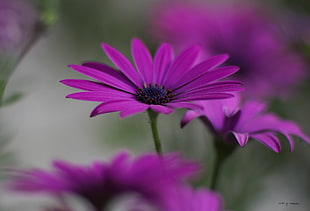
selective focus photography of purple Osteospermum flower, vaucluse -
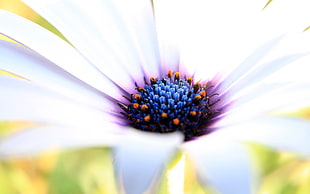
white osteospermum flower in bloom macro photo -
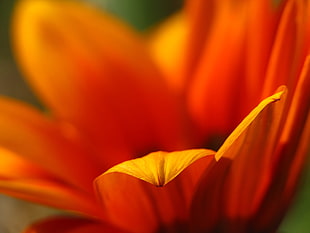
macro photography of orange Osteospermum flower, una -
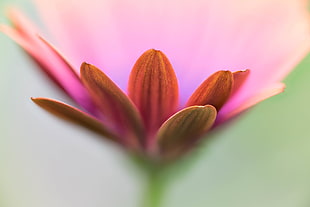
purple Osteospermum flower, daisy -

purple osteospermum flower in closeup photography -
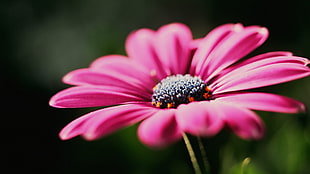
closeup photography of pink osteospermum flower -
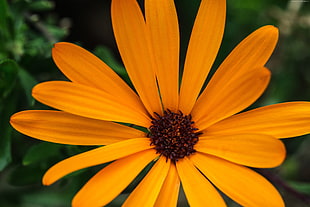
yellow osteospermum flower in closeup photo -

selective focus of pink Osteospermum flowers -
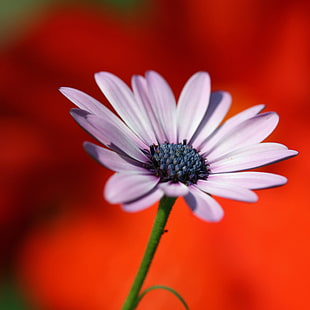
purple petal flower, osteospermum -
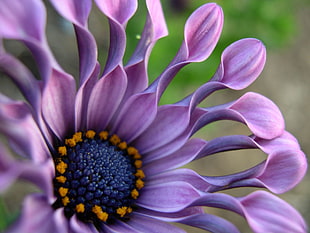
purple petaled flower, osteospermum -
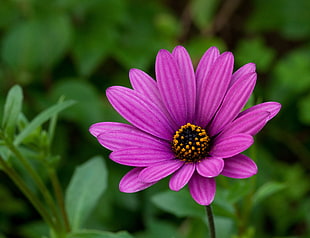
pink Osteospermum flower -
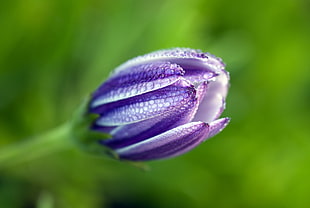
selective focus photo of purple Osteospermum flower bud -
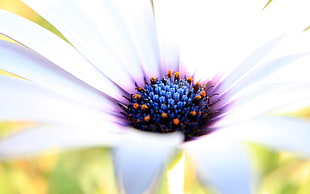
white and purple osteospermum flower closeup photography at daytime -
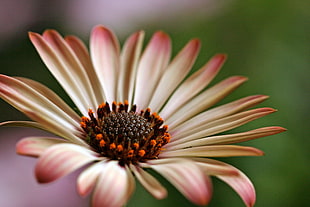
pink and brown Osteospermum flower in bloom close-up photot -
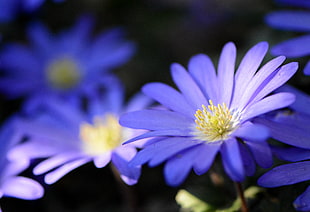
selective focus photo of purple Osteospermum flowers -
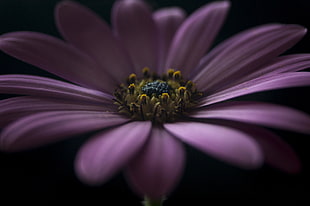
pink Osteospermum closeup photography -
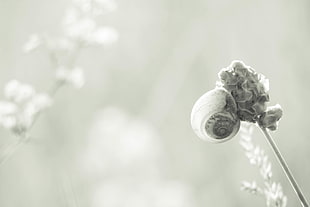
macro photography of petal flower -
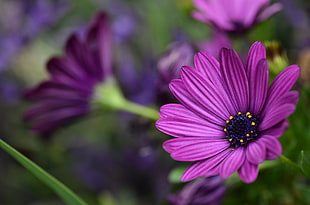
selective focus photography of purple daisy, osteospermum -
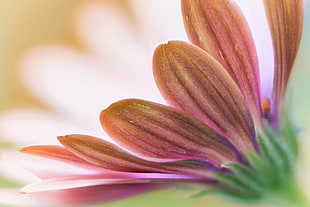
pink Osteospermum closeup photography, daisy -

purple osteospermum flower in closeup photography -
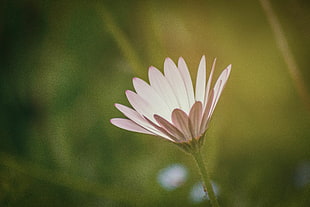
pink Osteospermum selective focus photo, daisy -

close photo of purple Osteospermum flower -
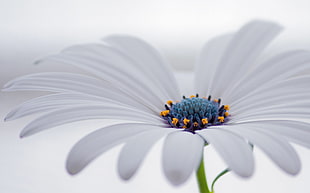
white and blue petaled flower in close-up photo, osteospermum -
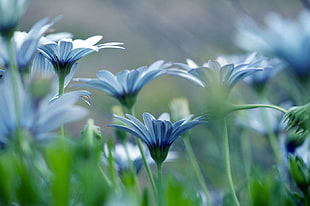
selective focus photo of blue Osteospermum flowers -
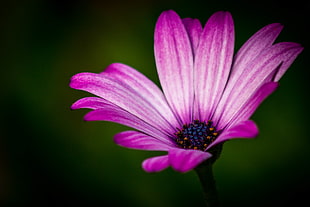
close-up photography of pink Osteospermum -
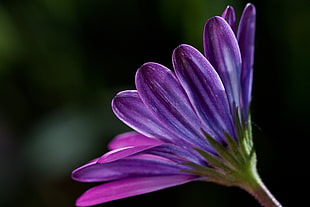
selective focus photography of purple Osteospermum flower, plant -
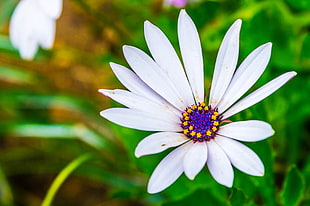
white osteospermum flower in close up photography, african daisy -
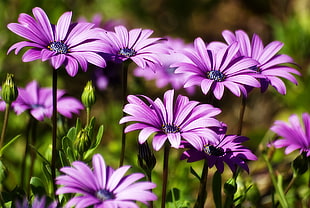
purple osteospermum flowers in close-up photography -
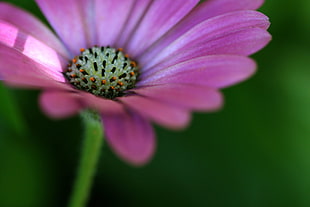
pink Osteospermum flower in bloom during daytime -

purple Osteospermum flower in bloom close-up photo -
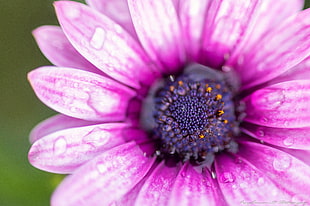
focus shot of purple Osteospermum flower -
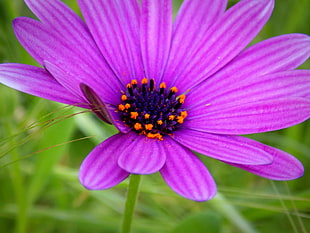
purple Osteospermum flower in bloom close-up photo -
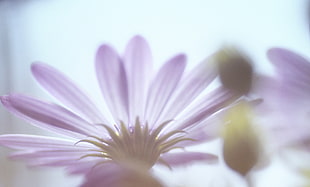
selective focus photography of purple Osteospermum flower -

shallow focus photography of purple Osteospermum flower -

untitled, alpha, du, centaure -
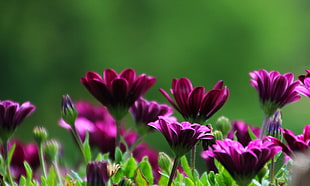
close-up photo of pink Osteospermum flowers in bloom -

closeup photo of purple Osteospermum flower with water droplets -
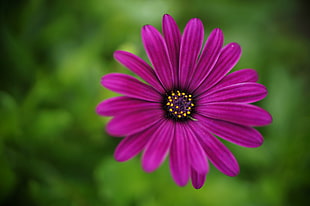
pink Osteospermum flower in bloom at daytime -
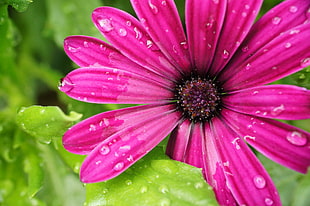
pink Osteospermum flower in close up photo, marguerite, bornholm, regen -
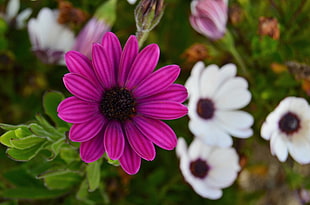
purple Osteospermum flower -

pink Osteospermum closeup photo -

yellow flower buds in macro shot photography -
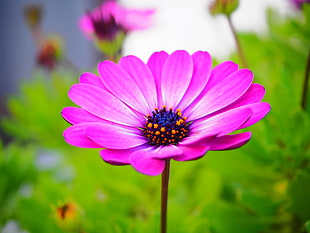
pink osteospermum flower, flowers, purple -
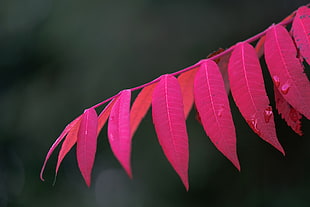
closeup photo of red leaf plant -

pink Osteospermum flowers in bloom -

selective focus photography of osteospermum flower -
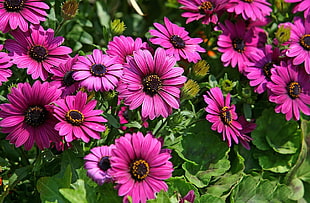
closeup photo of pink Osteospermum flowers -
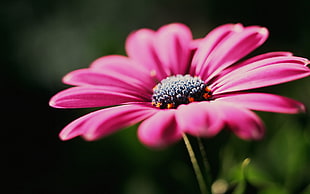
pink Osteospermum flower in bloom at daytime -
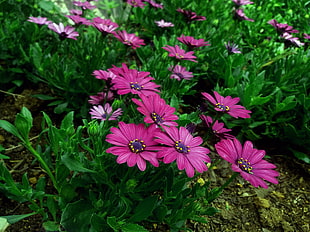
closeup photography of pink Osteospermum flowers -
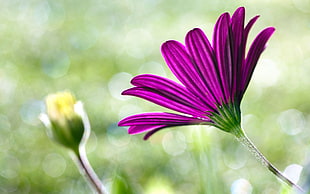
purple osteospermum flower in selective focus photography -
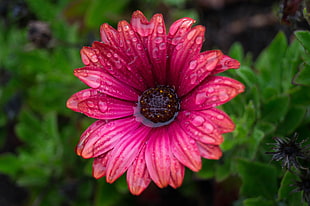
water droplets on pink Osteospermum focus photography -
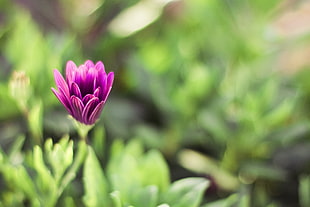
pink Osteospermum closeup photography -

white and purple osteospermum flower in closeup photography -
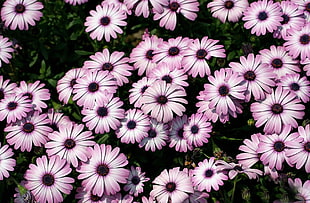
photography of purple Osteospermum flower field at daytime
